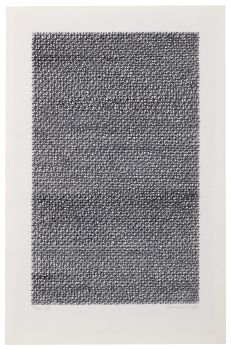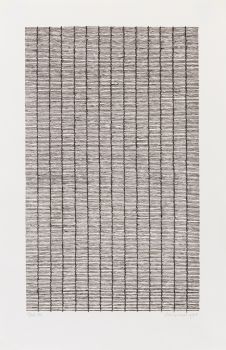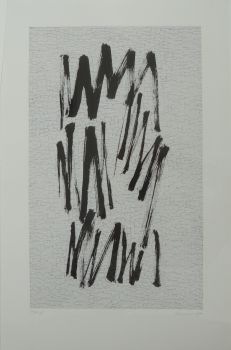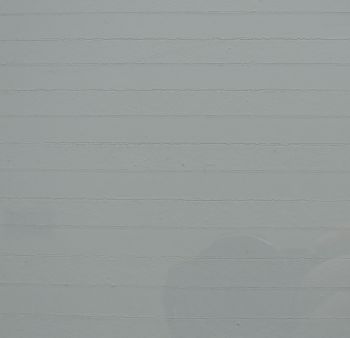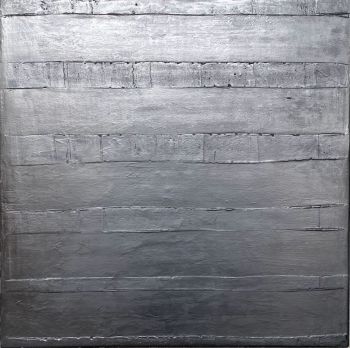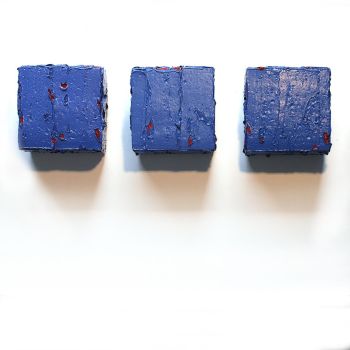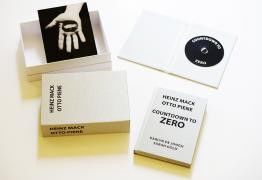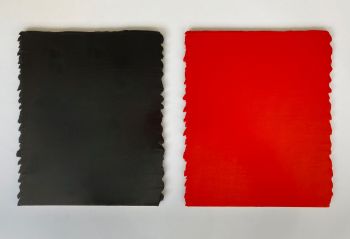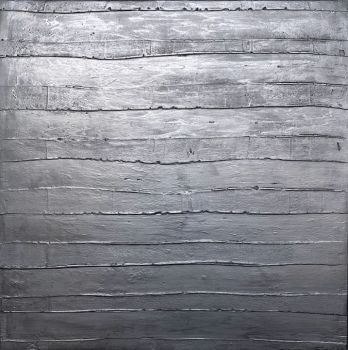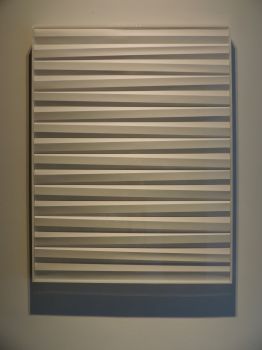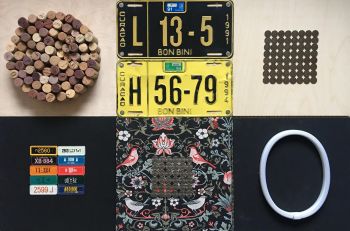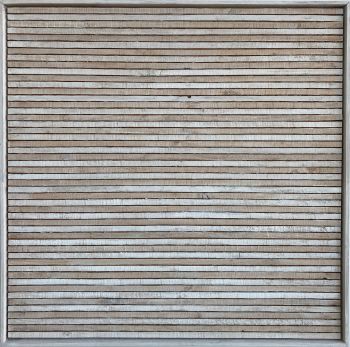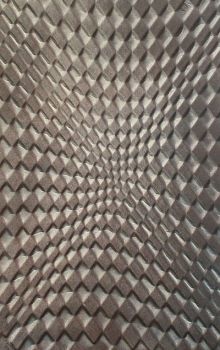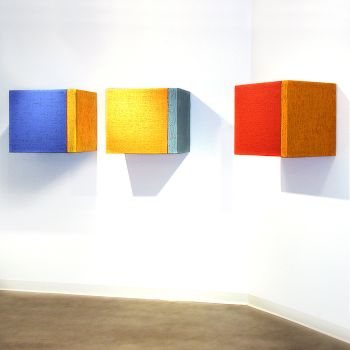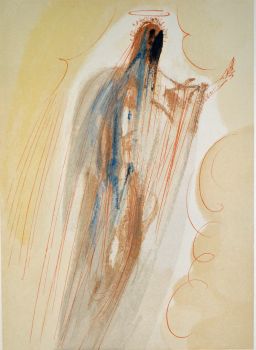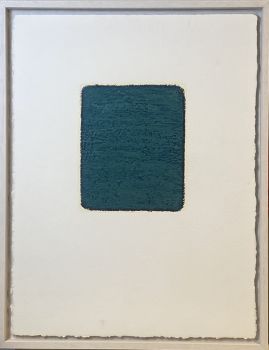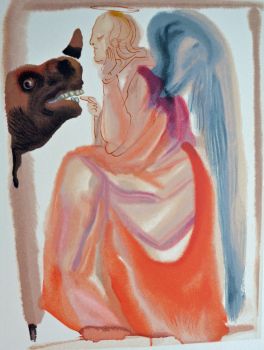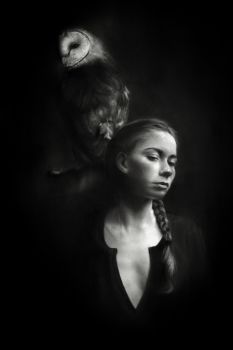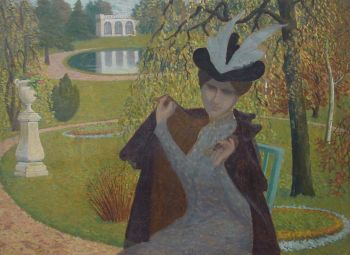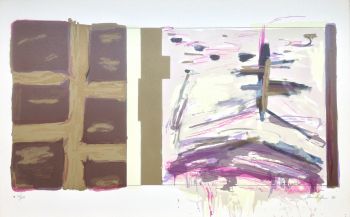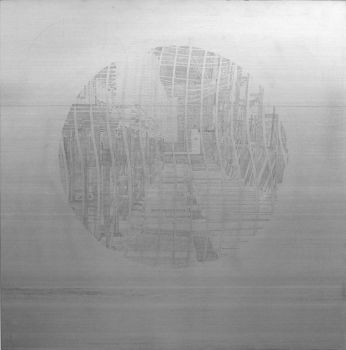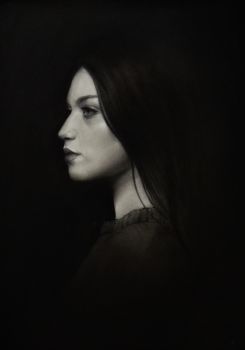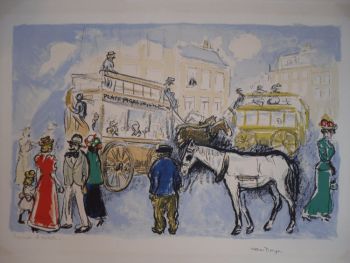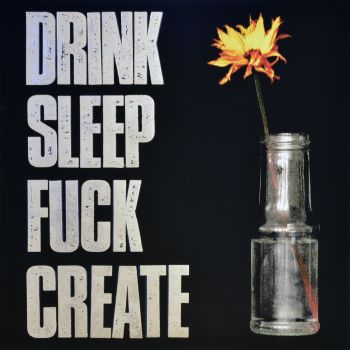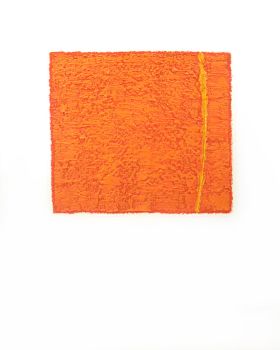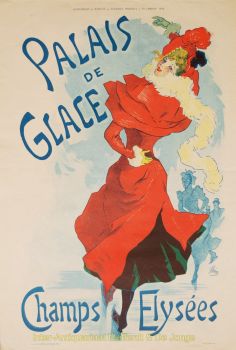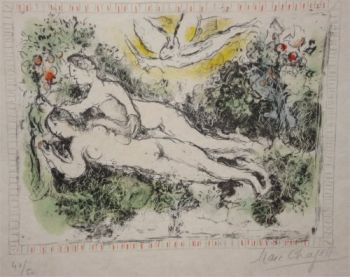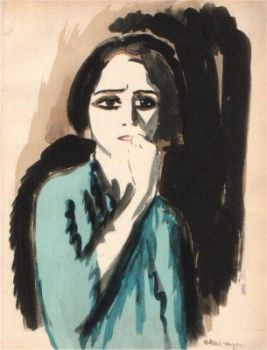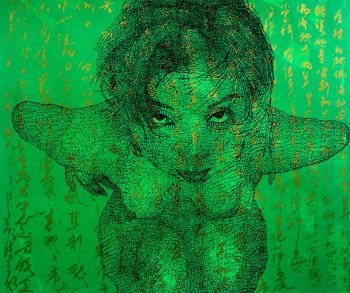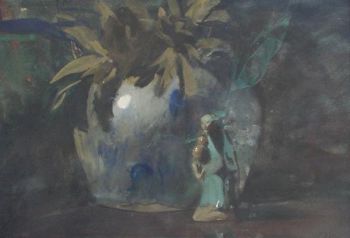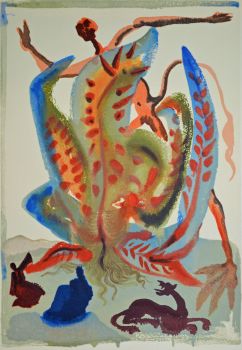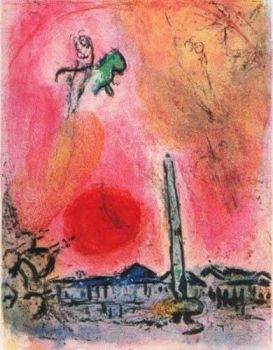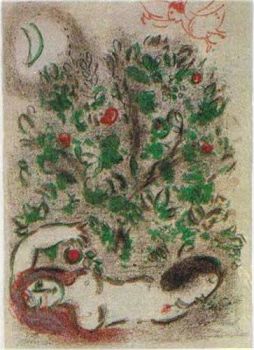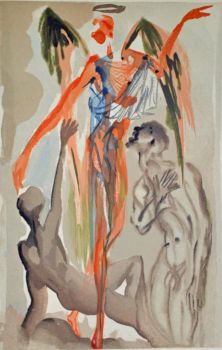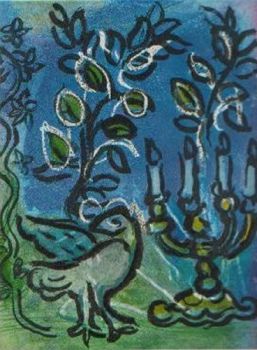About the artist
Jan Schoonhoven studied at the Royal Academy of Art in The Hague from 1930 to 1934. From 1946 to 1979, he worked at the Central Building Department of (the then state-owned) PTT. Schoonhoven's artistic practice took place in the evenings and free weekends. In 1961, Schoonhoven and his kindred spirits Armando, Jan Henderikse and Henk Peeters founded the NUL Group, the Dutch version of the German Zero movement and the movements related to it in Italy and France, forerunners of which were Manzoni, Fontana and Yves Klein.
Schoonhoven's reliefs are characterised by their monochrome - mostly white - tone and the serial, repetitive nature of geometric patterns. His reliefs are built up from geometric, repetitive patterns in which the effect of light and shadow tells the story. In order to preserve objectivity and detachment, he does not place centres of gravity in the composition. Precisely because of the repetition, the seriality, he can show reality in the most intense way. And for Schoonhoven, that reality is structure. Nevertheless, there is also a tension with Schoonhoven's personal nature: the hand of the artist is always present in the forming of the reliefs, in their painting and also in his line drawings. He maintains his own unique signature.

